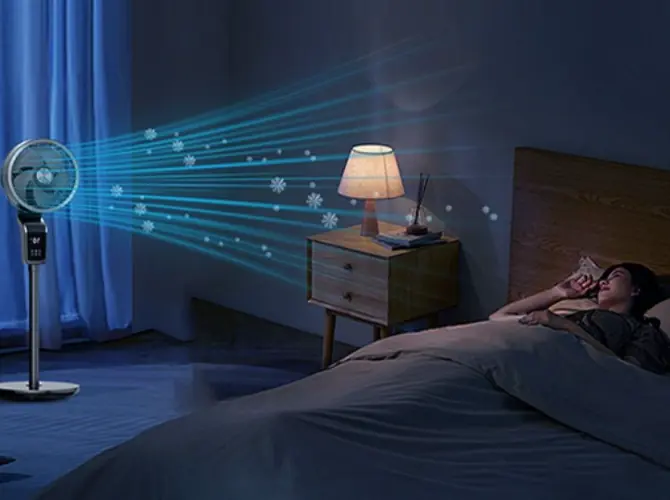
You should never ignore these 9 things your fingernails reveal about your health
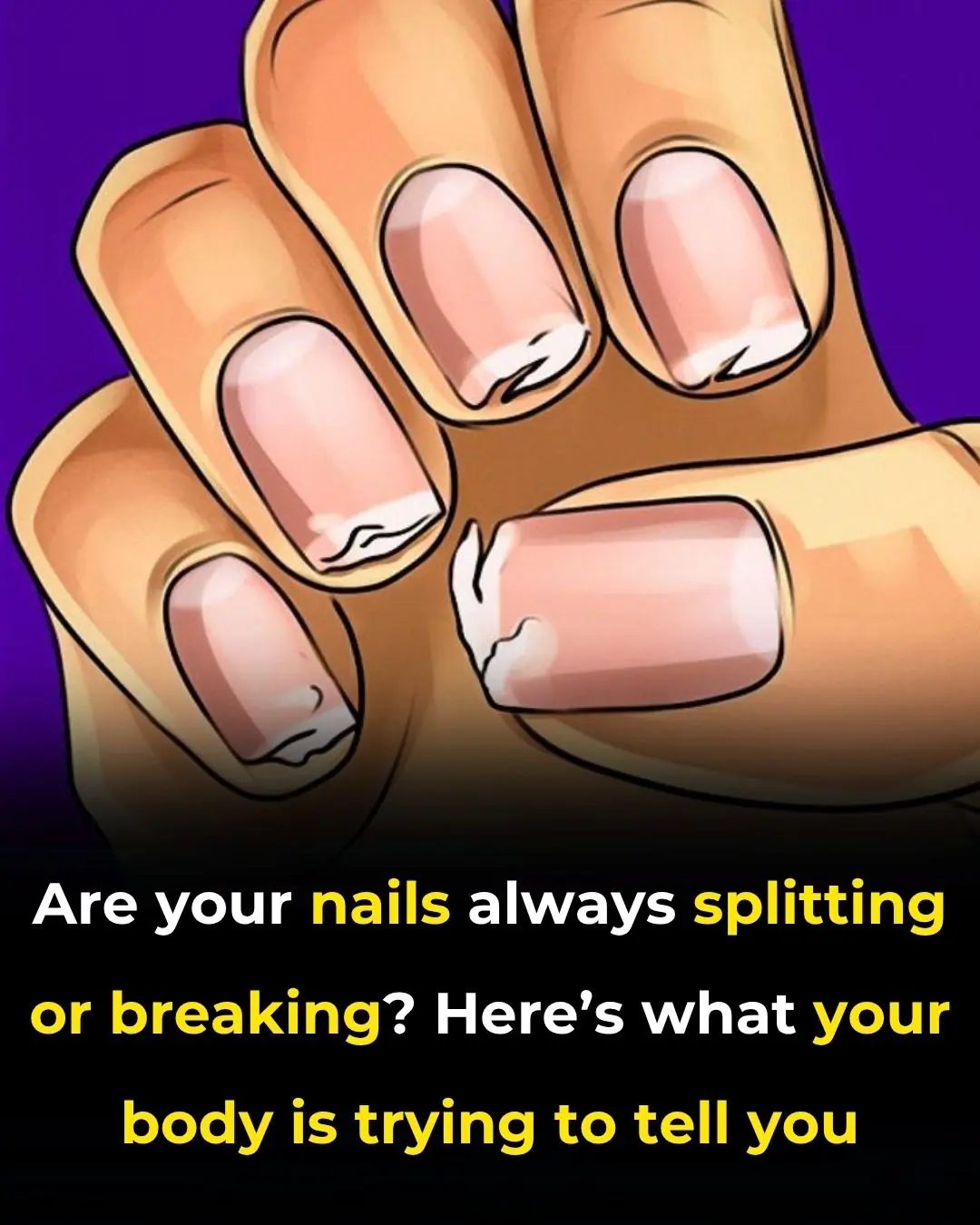
Your fingernails are more than just a part of your hands that you use for everyday tasks. They can serve as a window into your overall health, revealing key information about what’s going on inside your body. Many people overlook the state of their nails, but changes in nail color, shape, or texture can be early indicators of various health conditions - some of which could be quite serious.
In this article, we’ll explore the 9 things your fingernails reveal about your health, from potential nutrient deficiencies to more serious conditions like heart disease or liver problems. Paying attention to these subtle changes can help you catch issues early, enabling prompt treatment and better health outcomes.
1. White Nails: Could Indicate Liver Issues
If your fingernails appear mostly white with darker edges, this could be a sign of a liver condition such as hepatitis, cirrhosis, or liver failure.
-
Why It Happens: When the liver is not functioning properly, it can lead to a build-up of toxins in the bloodstream, affecting the color of your nails.
-
What to Look For: White nails with a slight pinkish tint at the tips could indicate liver problems and should not be ignored.
Other Causes of White Nails:
-
Kidney disease
-
Anemia
-
Heart failure
If you notice these changes, it’s crucial to see a healthcare provider for a thorough check-up and diagnosis.
2. Spoon-Shaped Nails (Koilonychia): A Sign of Iron Deficiency
Spoon-shaped nails (also called koilonychia) are nails that are concave, or scooped out, resembling the shape of a spoon. This condition is often caused by iron deficiency anemia.
-
Why It Happens: The lack of iron affects the oxygenation of the blood and can cause nails to soften and take on a concave shape.
-
What to Look For: Nails that appear soft, thin, and concave, often with raised edges.
Other Causes:
-
Heart disease
-
Hypothyroidism
-
Liver disease
Iron deficiency can be corrected with dietary changes or iron supplements, so it’s important to seek medical advice for the proper treatment.
3. Yellow Nails: Could Signal Fungal Infection or Lymphatic Problems
If your nails appear yellowish and are thickened or brittle, it could indicate a fungal infection or lymphatic problems.
-
Why It Happens: Fungal infections are one of the most common causes of yellow nails. These infections can cause the nails to become discolored and thick.
-
What to Look For: Yellowish nails that are discolored and may also be brittle or crumble.
Other Causes:
-
Respiratory diseases
-
Psoriasis (a skin condition)
-
Thyroid problems
Treatment typically involves antifungal medications for infections or addressing underlying conditions like psoriasis or thyroid imbalances.
4. Bluish Nails: Could Indicate Poor Circulation or Respiratory Issues
Bluish nails are a concerning sign that could indicate poor circulation or respiratory problems. A condition called cyanosis occurs when the body doesn’t get enough oxygen, causing a bluish tint in the nails.
-
Why It Happens: Lung diseases (such as COPD or asthma) or heart disease can limit the amount of oxygen in your blood, leading to poor circulation and the blue discoloration of your nails.
-
What to Look For: Nails that appear blue or purple, especially in the nail beds.
Other Causes:
-
Raynaud’s disease
-
Congenital heart disease
If your nails are blue, it is a serious sign that your body may not be getting enough oxygen, and you should seek immediate medical care.
5. Brittle or Cracked Nails: Could Indicate Thyroid Problems
If your nails become brittle and crack easily, it could be a sign of an underlying thyroid disorder, particularly hypothyroidism (an underactive thyroid).
-
Why It Happens: When the thyroid gland doesn’t produce enough hormones, it affects the strength and growth of your nails.
-
What to Look For: Nails that are weak, dry, or cracking easily.
Other Causes:
-
Vitamin deficiency (especially biotin or zinc)
-
Aging
-
Dehydration
If you notice brittle nails along with other symptoms like fatigue, weight gain, or hair loss, it’s important to consult a doctor to check your thyroid function.
6. Horizontal Ridges or Grooves (Beau’s Lines): Could Signal Serious Illness
Beau’s lines are horizontal indentations or grooves that run across the width of the nails. These lines can appear when the growth of the nails is temporarily stopped due to a serious illness or injury.
-
Why It Happens: Beau’s lines can result from fever, infection, or even chemotherapy treatment, as these factors temporarily disrupt the nail’s growth.
-
What to Look For: Horizontal ridges or grooves across multiple nails.
Other Causes:
-
Diabetes
-
Heart attack
-
Malnutrition
If you notice Beau’s lines along with other symptoms like fever or signs of infection, it’s important to get a medical checkup as these could indicate a serious underlying issue.
7. Pitted Nails: Could Indicate Psoriasis or Alopecia Areata
Pitting refers to small dents or depressions on the surface of the nails. This can be a sign of psoriasis, an autoimmune condition that causes patches of skin to become inflamed, or alopecia areata, a condition that causes hair loss.
-
Why It Happens: In conditions like psoriasis, the immune system attacks healthy skin and nails, leading to these indentations.
-
What to Look For: Small, shallow depressions in the nails that appear in a regular pattern.
Other Causes:
-
Eczema
-
Lupus
-
Sarcoidosis
If you notice pitted nails along with other skin changes, it’s important to see a dermatologist or healthcare provider for an accurate diagnosis.
8. Clubbing of the Nails: Could Indicate Heart or Lung Disease
Clubbing refers to the enlargement of the fingertips and nails, often accompanied by a downward curve of the nails. This can be a sign of heart disease, lung disease, or liver disease.
-
Why It Happens: Chronic low oxygen levels in the blood, often caused by heart or lung problems, can lead to changes in the shape of the nails and fingertips.
-
What to Look For: Rounded, bulging fingertips and nails that curve downward, sometimes with a loss of the normal angle between the nail and the nail bed.
Other Causes:
-
Cystic fibrosis
-
Emphysema
-
Crohn’s disease
If you notice clubbing of your nails, especially along with symptoms like shortness of breath or chronic cough, seek medical attention immediately.
9. Dark Stripes or Spots Under the Nails: Could Indicate Melanoma
Dark streaks or spots under the nails could be an indication of melanoma, a type of skin cancer. Melanoma can develop in unusual places, including under the nails.
-
Why It Happens: Melanoma occurs when skin cells grow abnormally, and when this happens under the nails, it can cause dark lines or spots.
-
What to Look For: A dark streak or spot under the nail that appears to be growing or changing in shape.
Other Causes:
-
Benign moles or birthmarks
-
Injury or bruise
If you notice a dark line or spot under the nail that doesn’t go away or changes in appearance, consult a dermatologist or healthcare provider for further evaluation.
Conclusion
Your fingernails can provide a wealth of information about your health, acting as early warning signs for various diseases. From changes in color and texture to the development of ridges and spots, your nails can reveal hidden health issues that might otherwise go unnoticed.
By paying attention to these nine warning signs, you can catch potential health problems early and take proactive steps to seek the necessary treatment. If you notice any changes in your nails that concern you, don’t hesitate to seek medical advice. Early intervention can make a significant difference in improving your health and overall well-being.
News in the same category

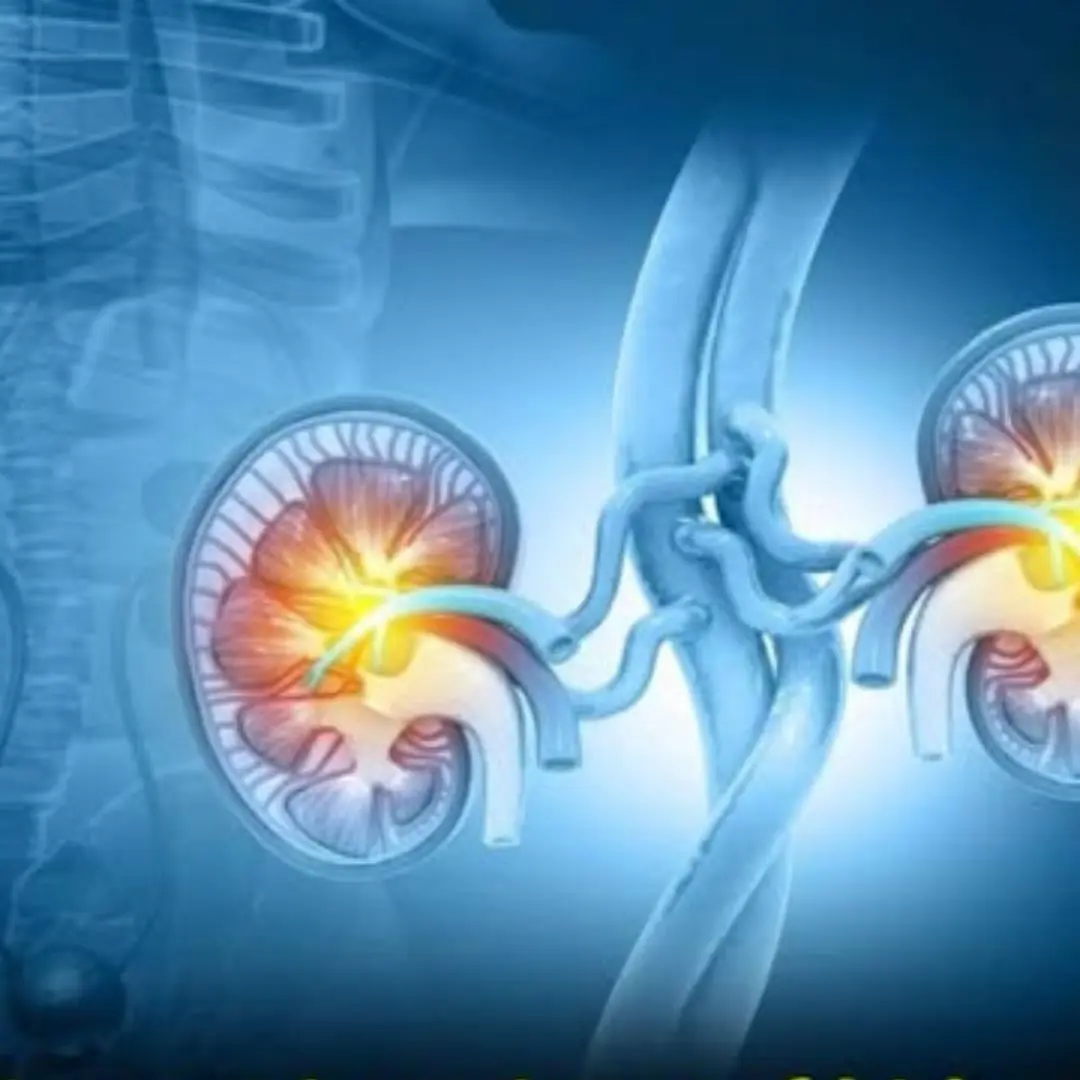
These s.h.o.c.king warning signs of kidney failure shouldn’t be ignored

25-Year-Old Woman Beats Li.ver Can.cer: “5 Foods You Must Avoid No Matter How Much You Crave Them”

8 reasons to drink ginger tea before bed
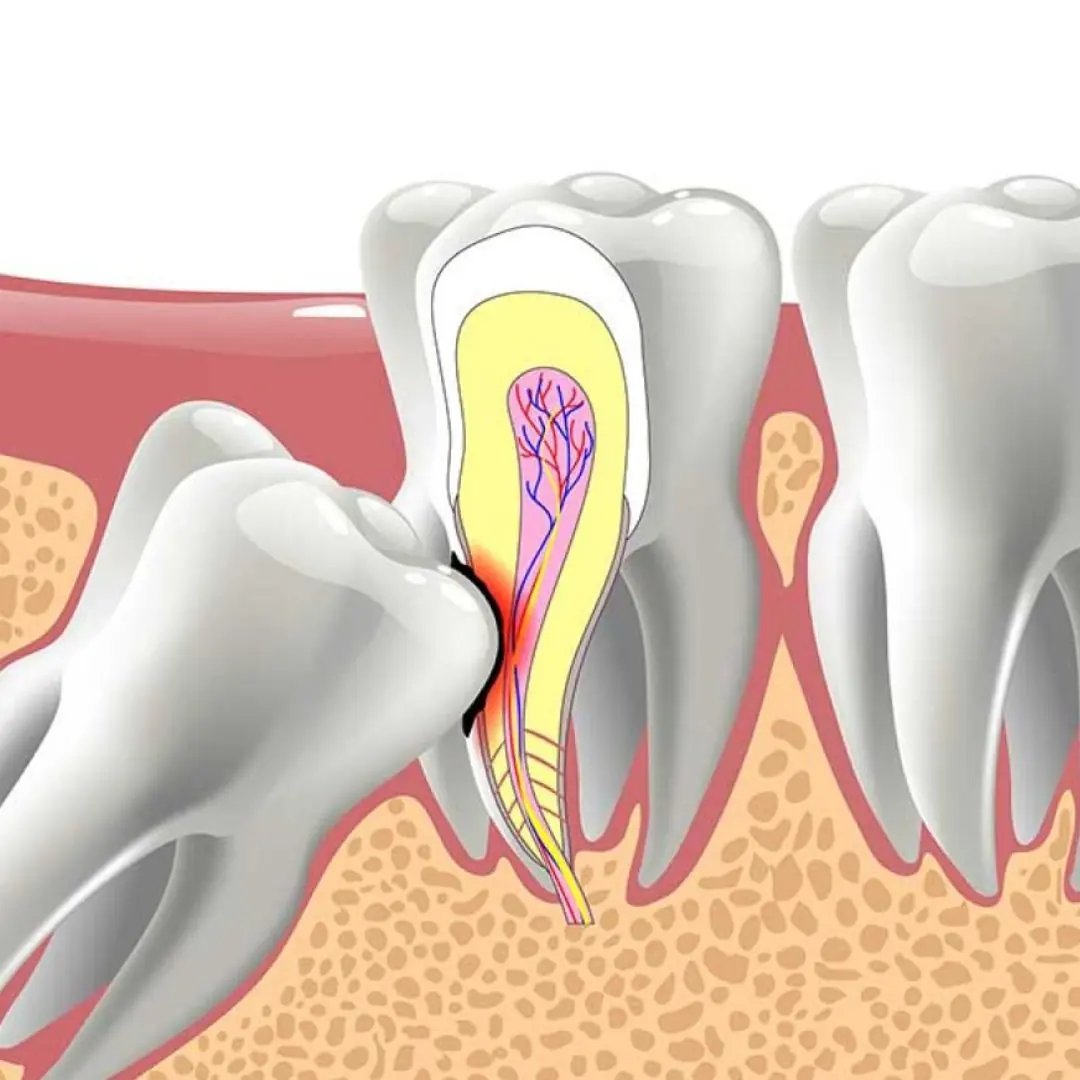
If You Notice These 6 Symptoms, Your Wisdom Tooth May Be Impacted
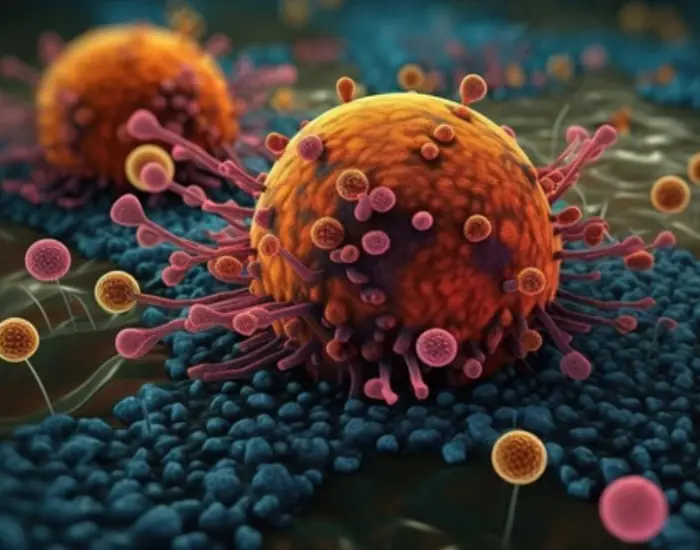
Warning: 20 early signs your body may be indicating can.cer
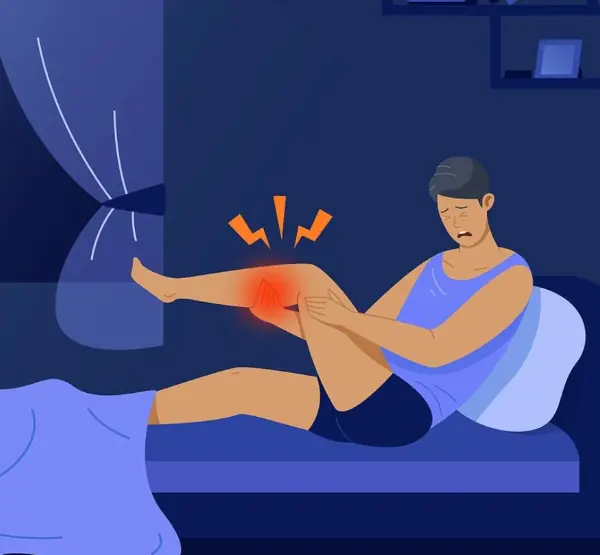
If you have night cramps, this is what your body is trying to tell you
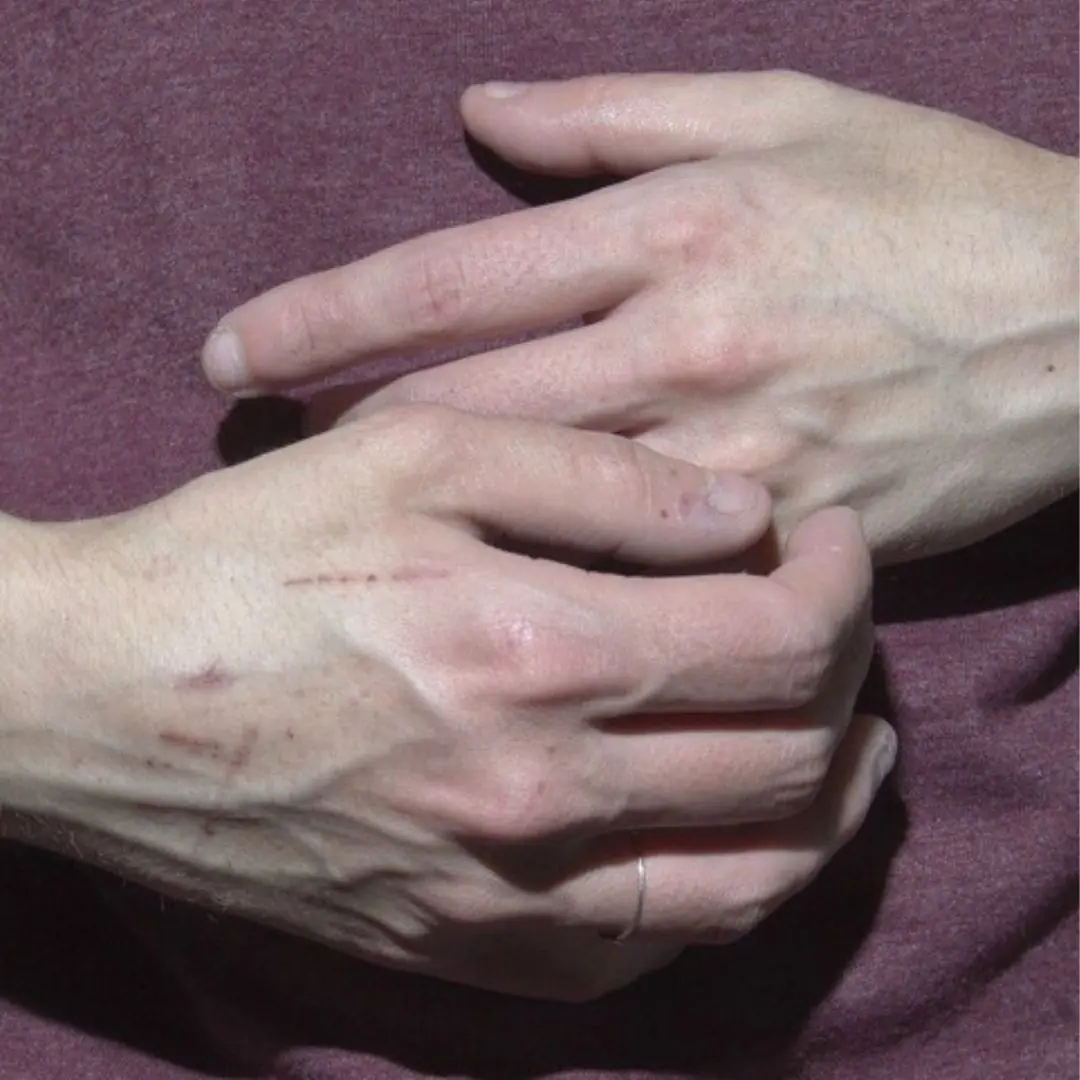
If you see someone with bulging veins, you must tell them these things...
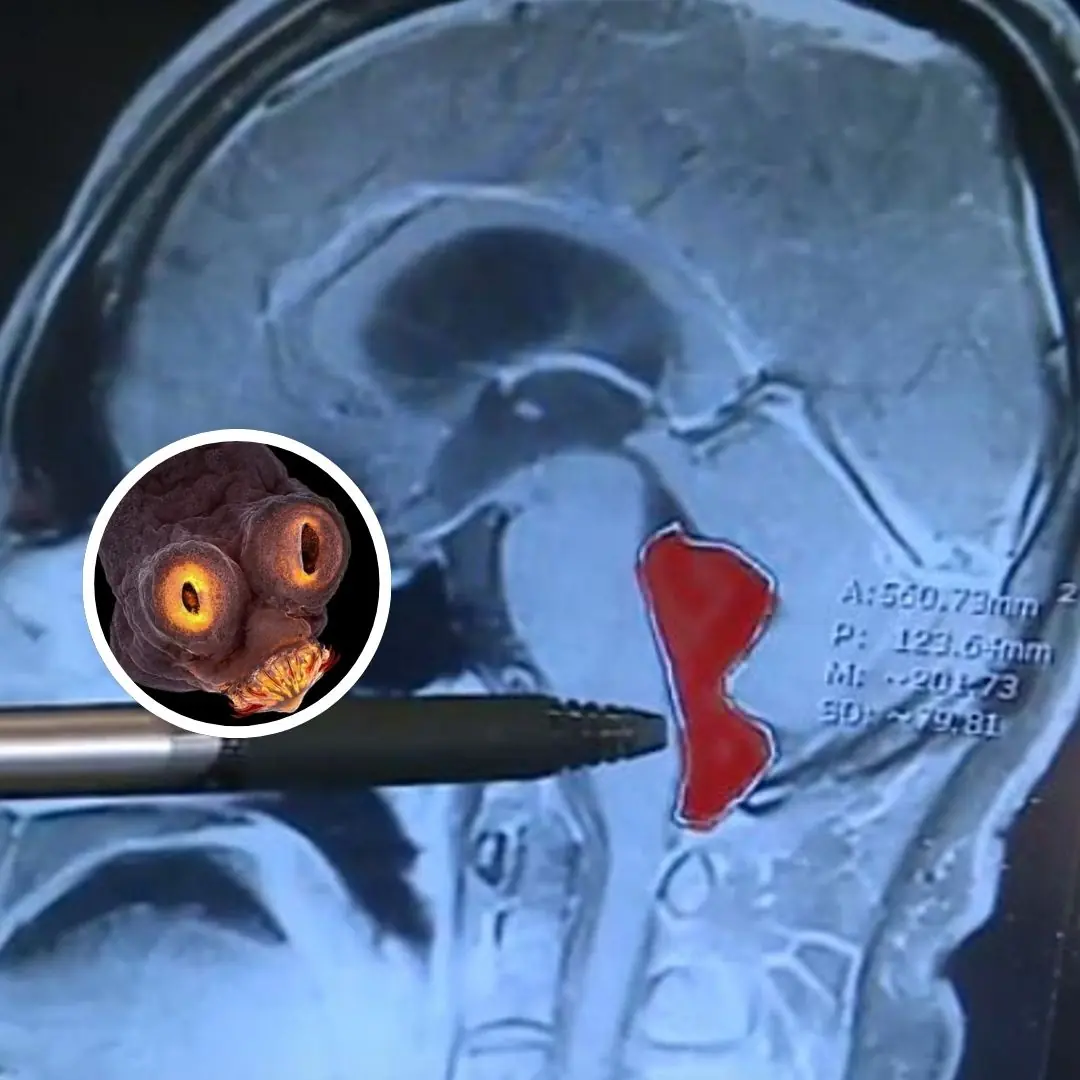
Doctors Find Tapeworms in a US Man's Brain Who Ate Undercooked Pork
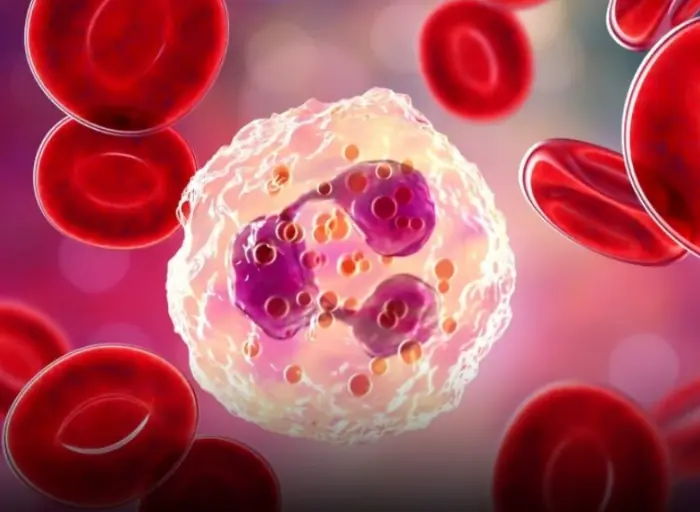
Doctors identify the blo.od type most at risk developing stomach can.cer
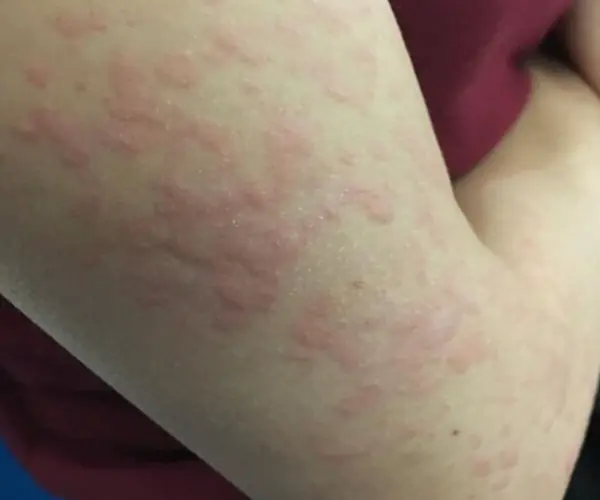
Surprising causes of hives revealed - What may be triggering your skin
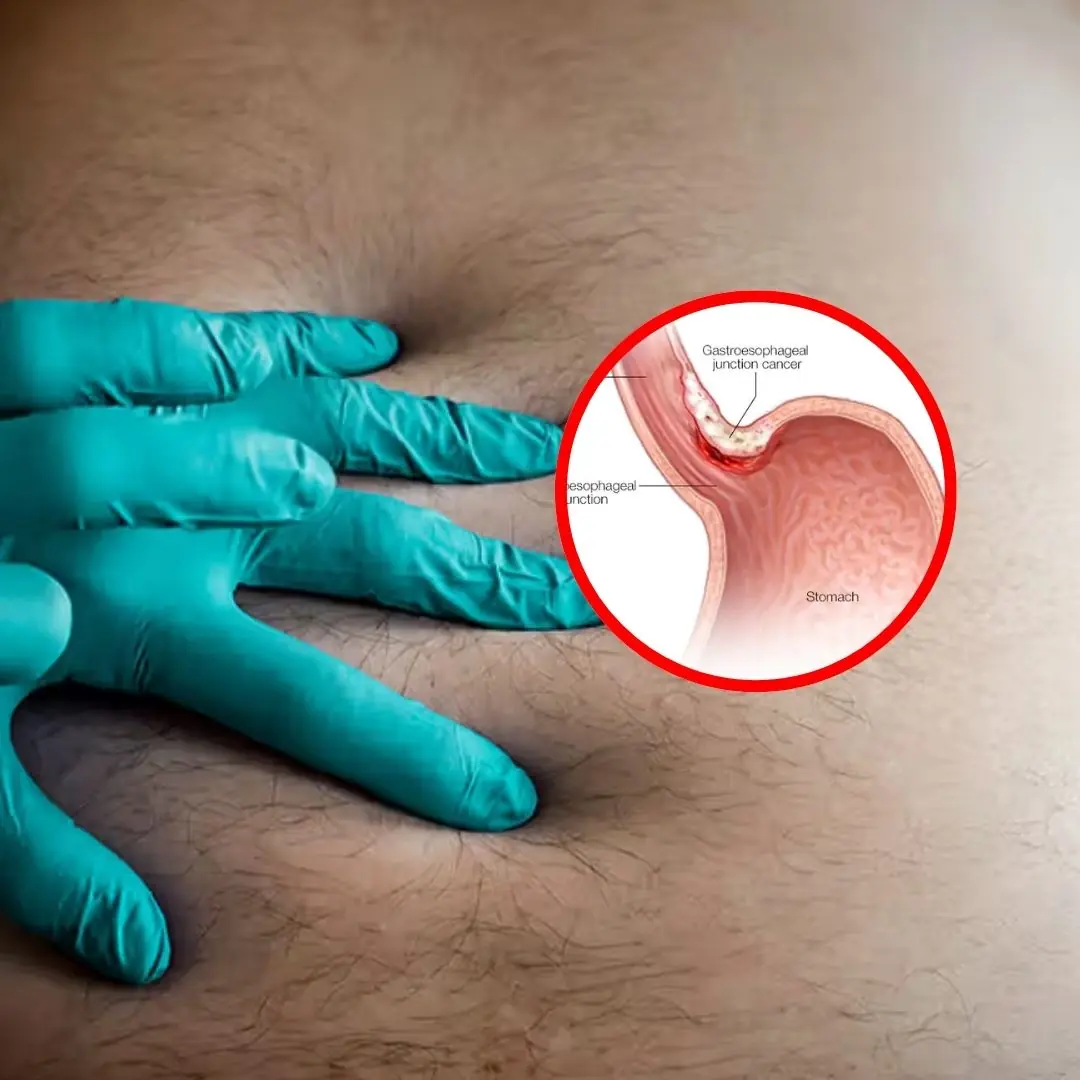
Most stomach can.cers are detected late: Doctors say there are 5 symptoms after meals

Doctor's War:ning: Stop Eating These 4 Foods Immediately They Contain Lots of Parasites

Expert reveals “Military Sleep Method” that helps you fall asleep in just two minutes

Put this thing in a lemon and put it in the corner of the house
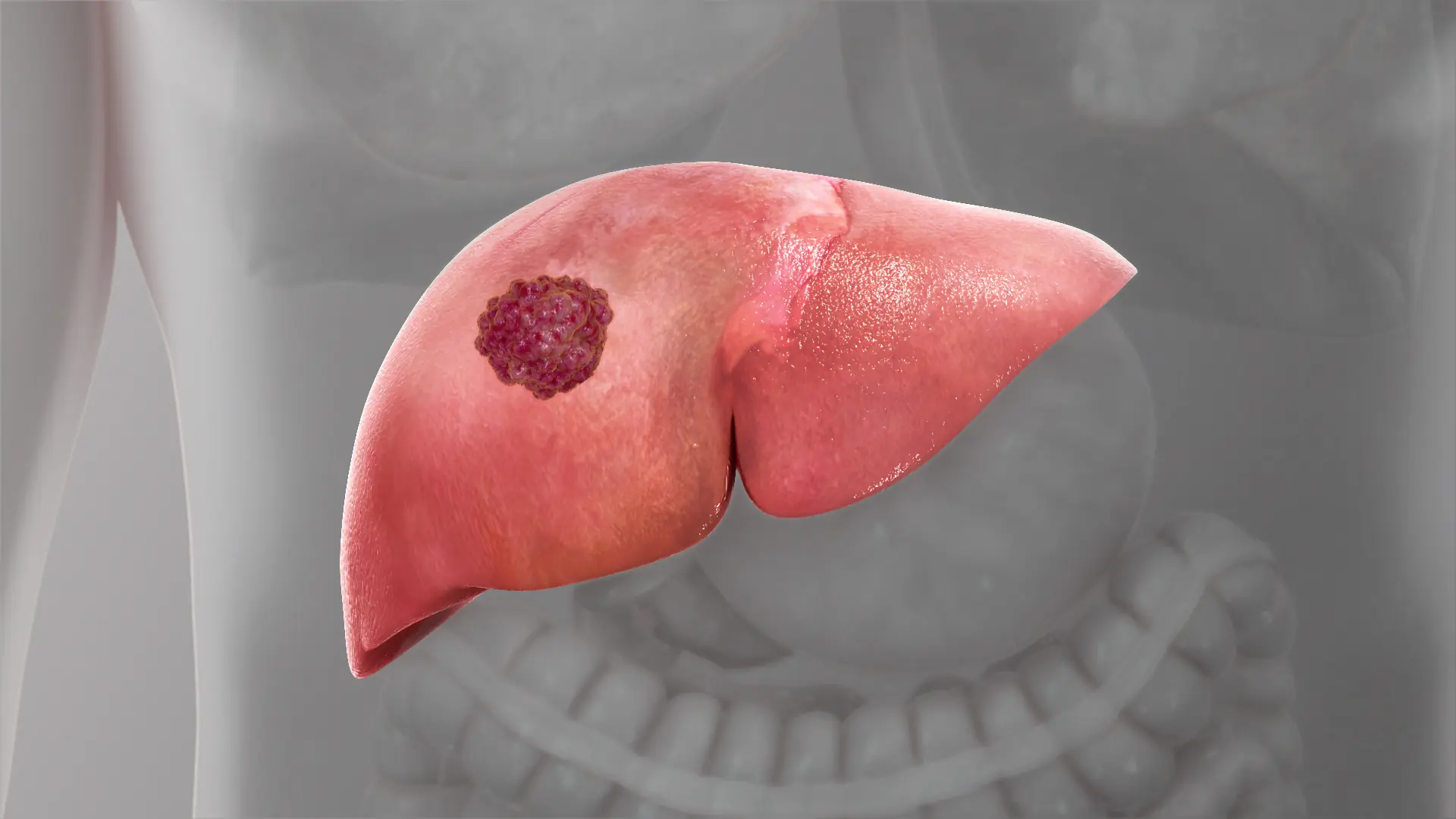
The 6 Earliest Symptoms of Liv.er Can.cer Most People Overlook
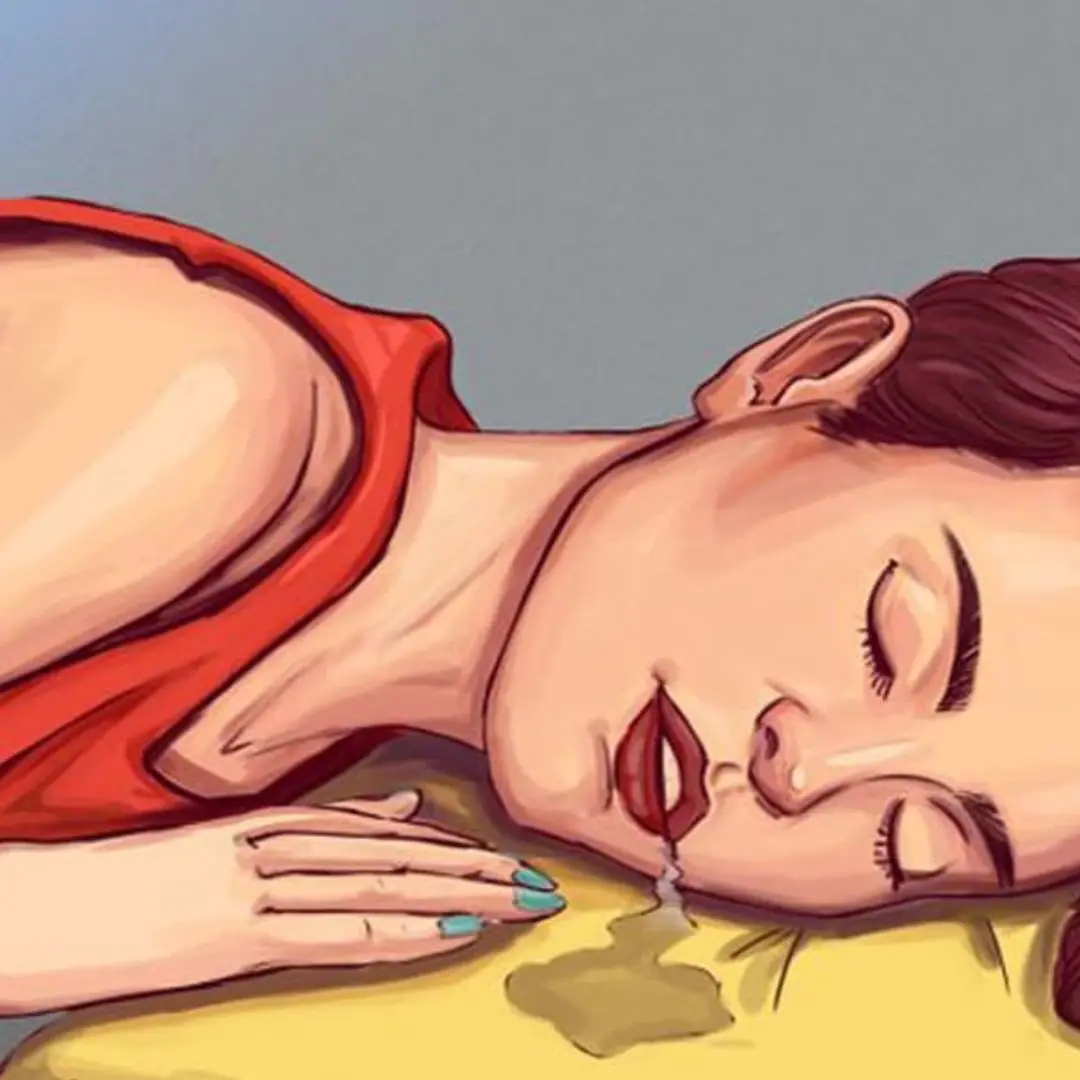
Too Much Saliva in Your Mouth? It Could Be a Warning of Health Issues
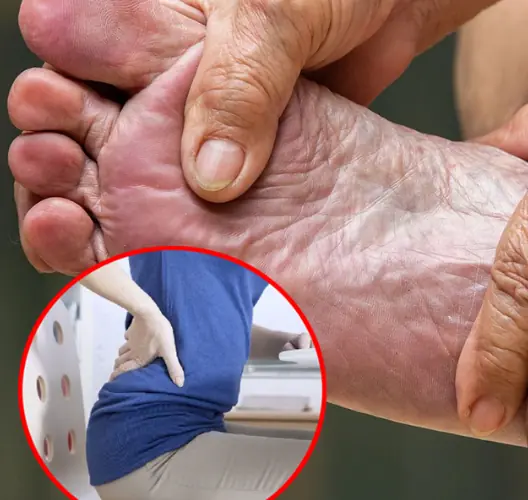
6 types pa.in you shouldn’t ignore

The benefits of carrot and lemon for skin health
News Post

Electric kettles make life easier, but why do people abroad barely use them?

10 war.ning signs pancreatic can.cer could save your life

Days Before My Wedding, I Dressed as a Homeless Person to Test My Fiancé

My Bride Banished My Daughter to the Garage During Our Wedding – She Never Thought I'd Find Out

My Fiancée Tried to Exclude My Daughter from Our Wedding – Her Sho.cking Confession Made Me Call It off Instantly

These s.h.o.c.king warning signs of kidney failure shouldn’t be ignored

MY SON BECAME BEST FRIENDS WITH TWO POLICE OFFICERS WHILE I WAS JUST WAITING TO GET CASH FROM ATM

Why do many men love married women more than single women?

3 Tips for Perfectly Golden, Extra Crispy French Fries That Stay Crunchy for Hours

25-Year-Old Woman Beats Li.ver Can.cer: “5 Foods You Must Avoid No Matter How Much You Crave Them”
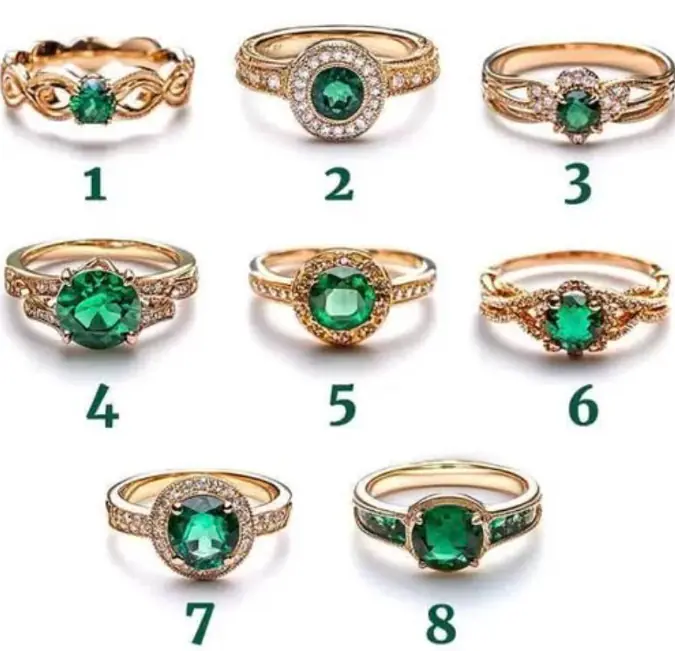
The ring you pick will reveal your truest trait
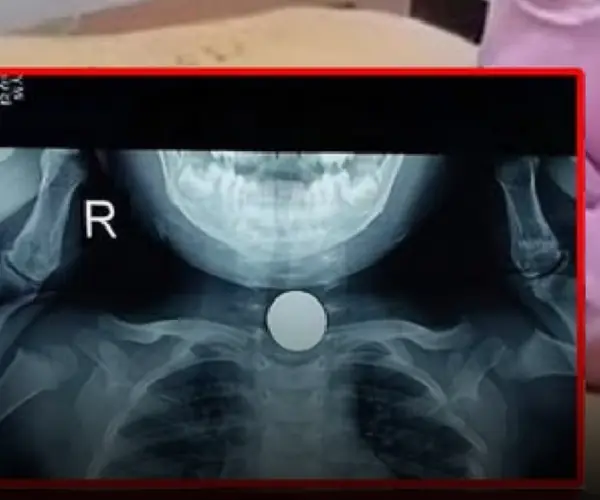
Tra.gedy strikes as 3-year-old girl di.es suddenly while playing with dad - A heartbrheaking reminder about cho.king ha.zards

8 reasons to drink ginger tea before bed

If You Notice These 6 Symptoms, Your Wisdom Tooth May Be Impacted

Warning: 20 early signs your body may be indicating can.cer

If you have night cramps, this is what your body is trying to tell you

If you see someone with bulging veins, you must tell them these things...

My In-Laws Demanded I Kick Out My Nephew from Our Wedding Because of His Scars — My Wife Gave Them a Wake-Up Call
